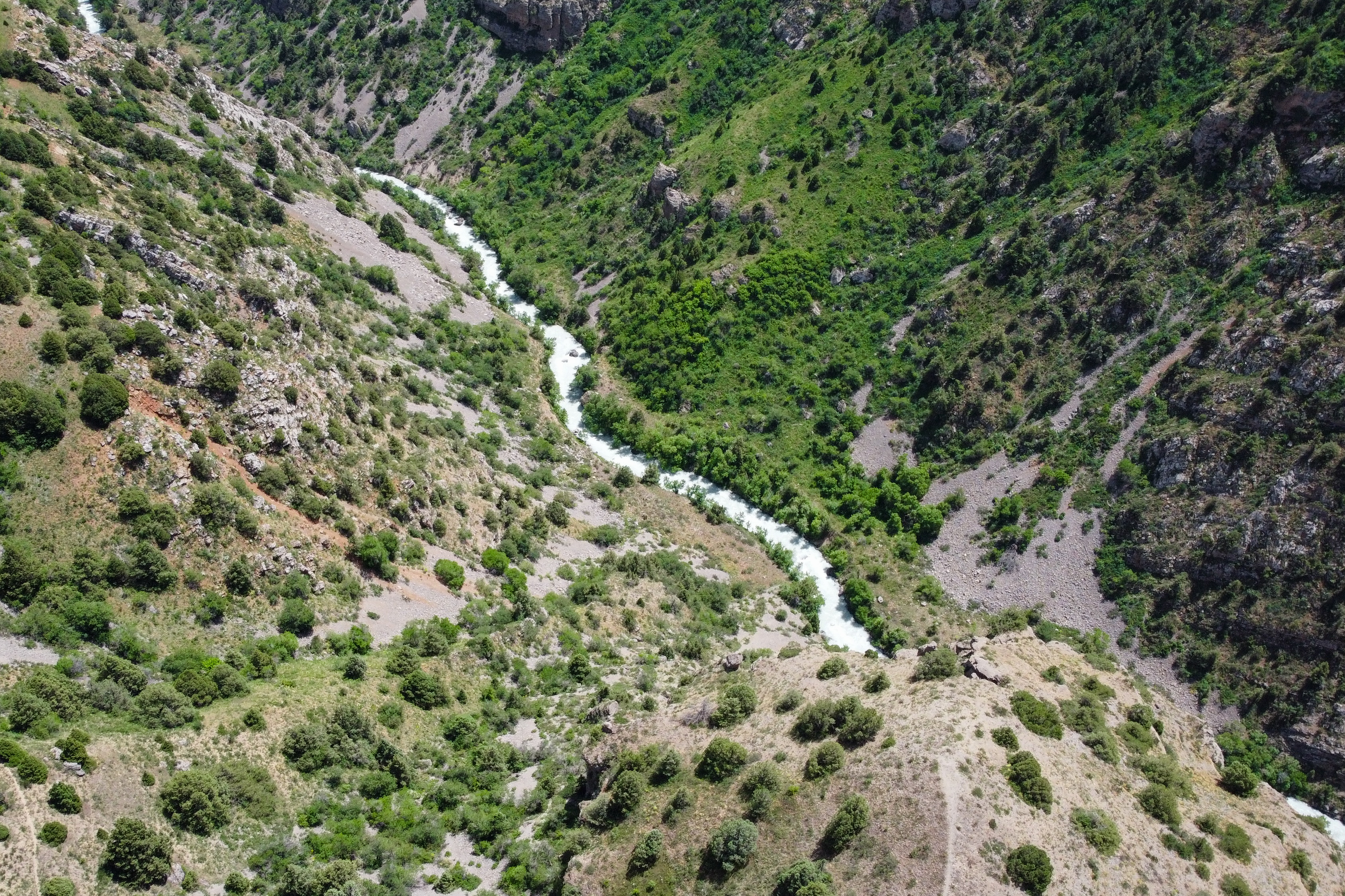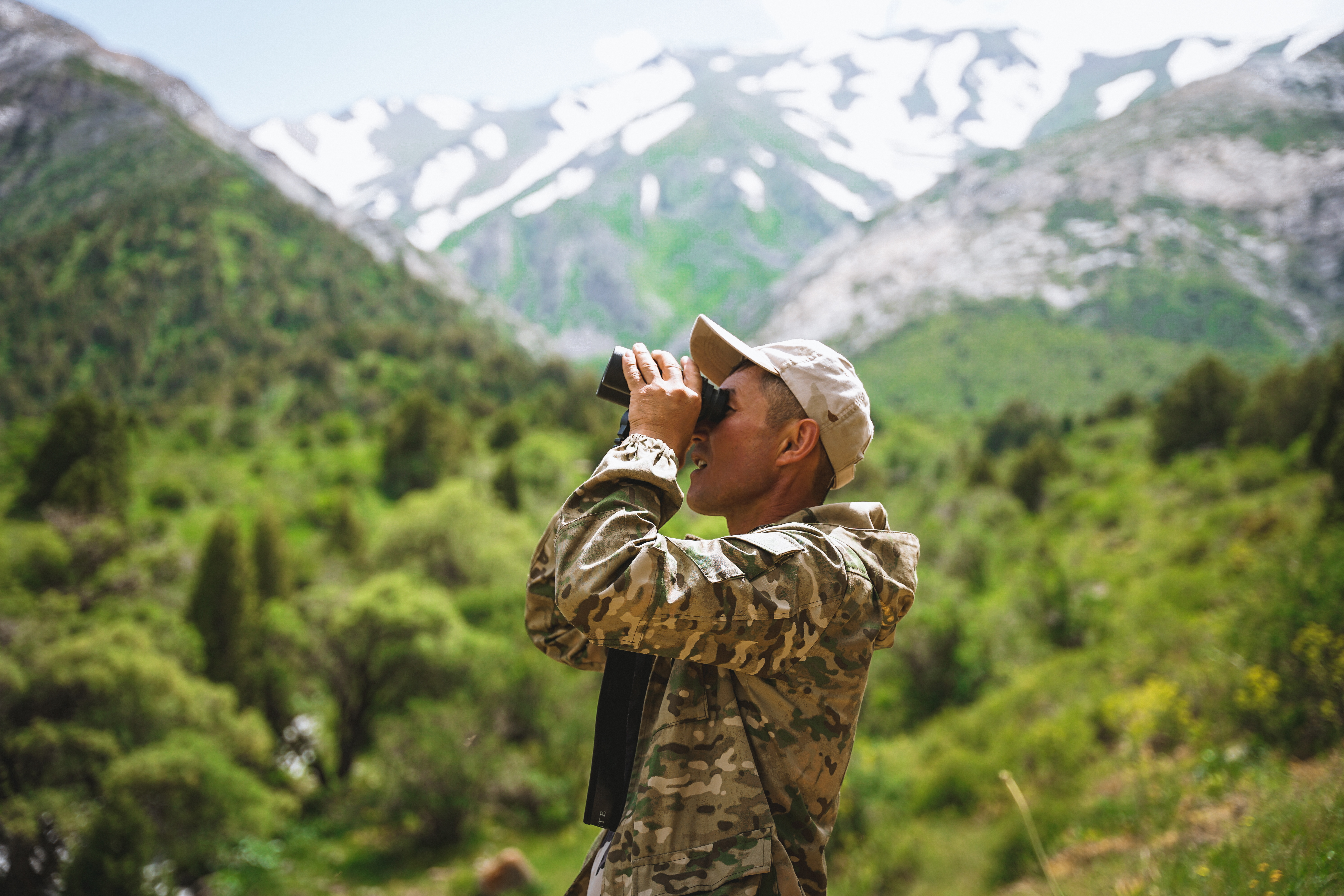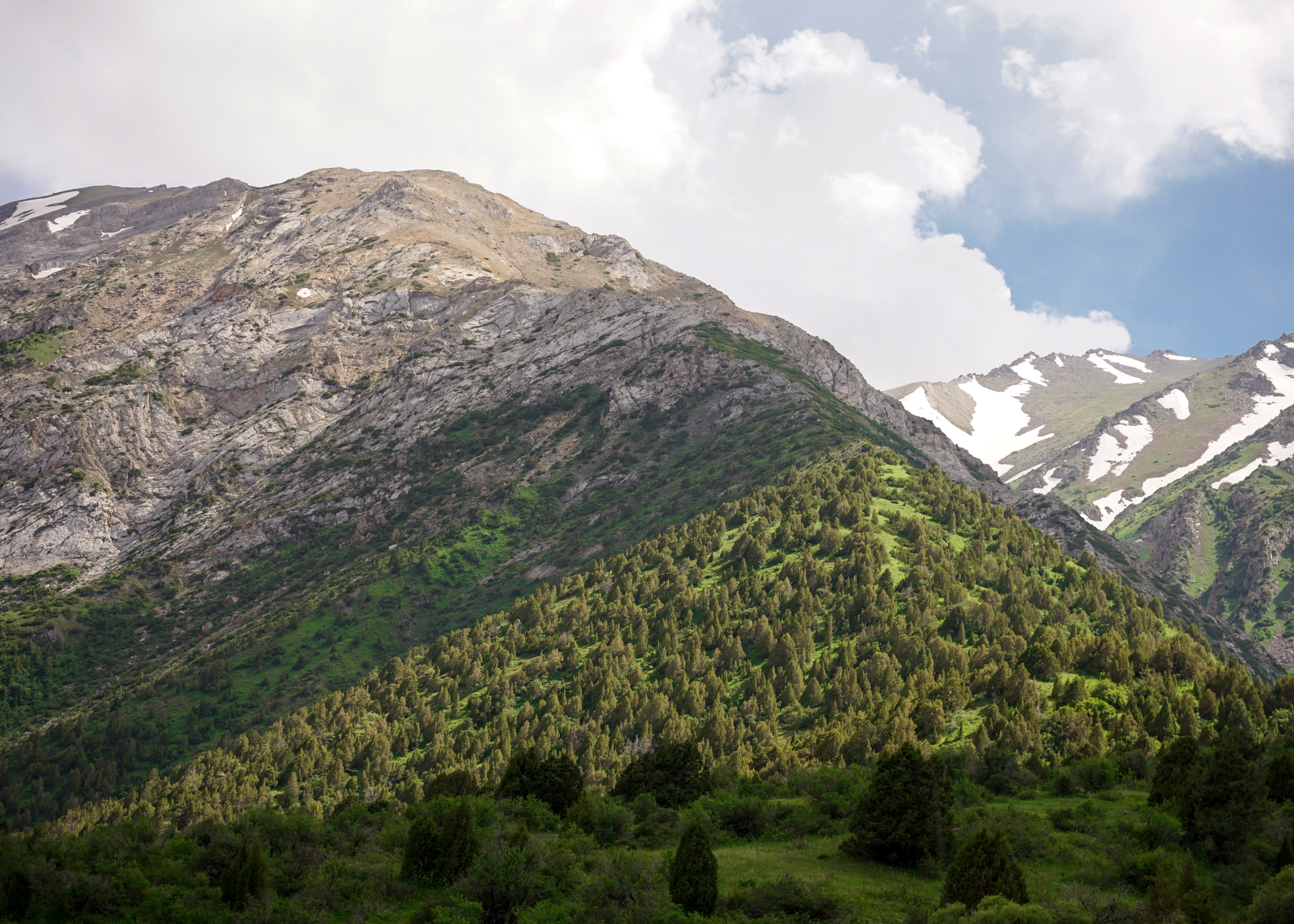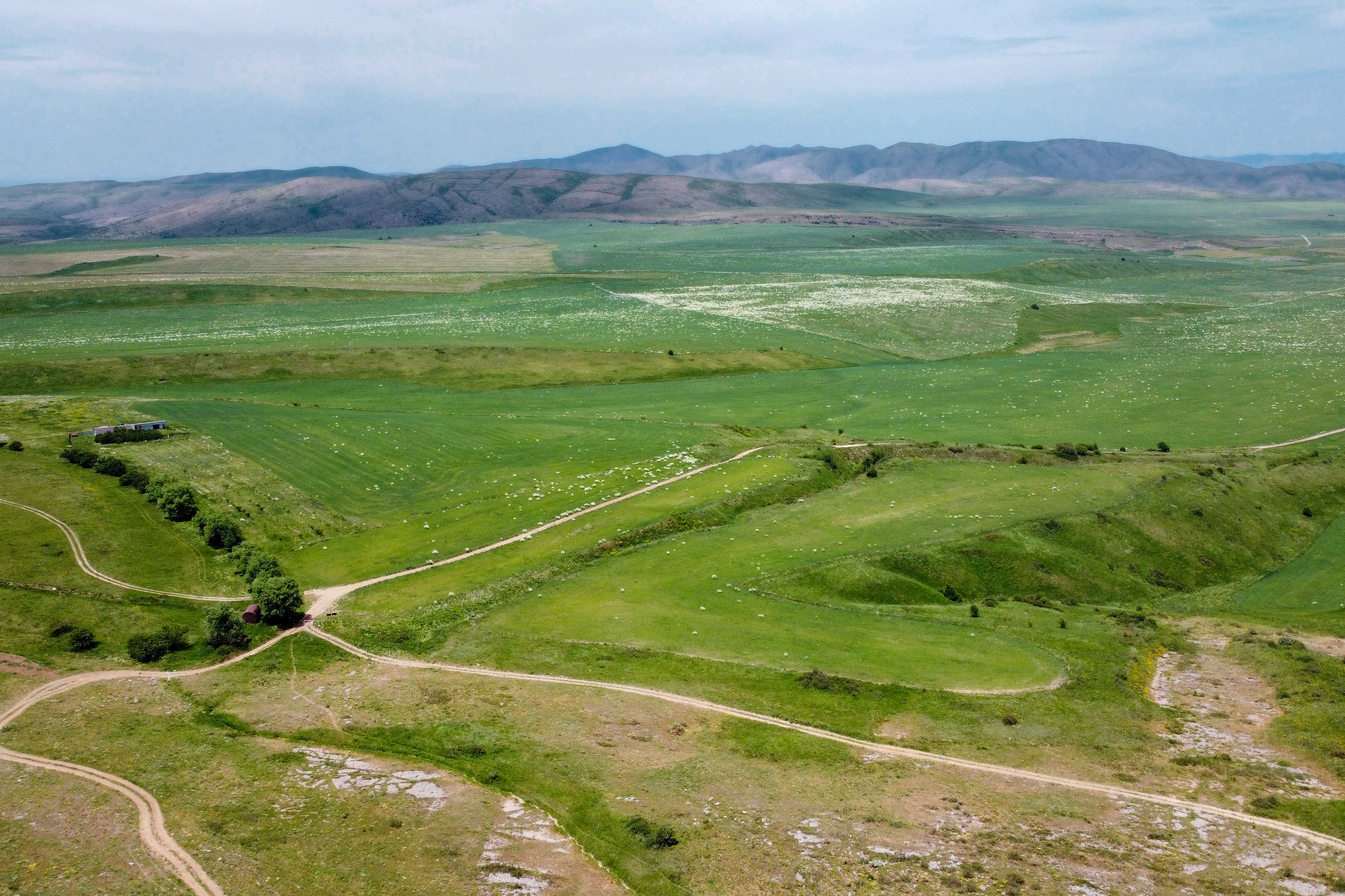Today, high tech, the Internet and IT solutions are winners on two counts: they make people's lives easier, and they are widely used for biodiversity preservation and ecosystem restoration. Technological solutions are among the best tools for preserving specially protected natural areas filled with a rich diversity of flora and fauna.
The use of new technologies in national parks and nature reserves helps to monitor and preserve biological diversity, to develop ecotourism, to combat poaching and natural forces and to ensure the safety of employees and visitors.
SMART patrolling
Today, thanks to the United Nations Development Programme (UNDP) in Kazakhstan, tech solutions are being successfully introduced in Sairam-Ugam National Park, in the northern Western Tien Shan Mountains. This region enjoys a high level of endemism, a term that means some species found there are native only to that defined geographic location, and is rich in biodiversity. It is a key habitat for wild animals and an area for rare and endangered plant species.
In 2019, in Sairam-Ugam National Park, with UNDP-GEF project “Conservation and Sustainable Management of Key Globally Important Ecosystems for Multiple Benefits” support, the existing patrol planning system and the possibilities of using SMART patrolling, a spatial monitoring and reporting tool for collecting, analysing and exchanging data on wildlife, were analysed. And also in 2019, the SMART patrolling was implemented as a pilot scheme.
SMART systems allows employees to monitor a vast natural area with a rich animal and plant world -- about 50 species of mammals, 300 species of birds and over 1,500 species of plants, more than 200 of which are listed on the Red List of Kazakhstan.
According to Alibek Mamet, head specialist, Department of Wildlife Reproduction, Sairam-Ugam National Park, "The national park territory is rather extensive. Sometimes resources for quality monitoring and patrolling are insufficient so using the SMART system helps to solve these and other challenges”.
Within the project itself, the GIS database of the SMART system was created for Sairam-Ugam National Park. A methodological guide for inspectors, employees had training sessions on using the system, on working with field smartphones and on collecting and analysing data obtained when using SMART.
Thanks to the bypass map installed on the smartphone of the state inspector, more objective data on the state of ecosystems and of animal and plant life can be obtained. A significant point -- with the help of a tracker that works even without an Internet connection, inspectors can photograph wild animals and immediately send the data to the national park office for analysis.
SMART systems are also indispensable in security issues in poaching cases. The violator’s data directly sent from the inspector's smartphone to the office, where the seriousness of the offence is assessed, and the poacher needs to explain why he/she was in a protected natural area.
This technology also allows a more accurate and objective assessment of the work of the national park inspectors because their activities are constantly monitored in the territories assigned to them.
This system is planned to be introduced in seven more specially protected natural areas of Kazakhstan with UNDP-GEF support.
Digital solutions for biodiversity monitoring
While SMART systems are already actively used in the Sairam-Ugam National Park, the introduction of innovative patrol methods in the Aksu-Zhabagly Reserve, the oldest nature reserve in the country, is only in the planning state. But other tech-based solutions are being initiated here.
The Aksu-Zhabagly Nature Reserve is one of the most important natural places for the protection and restoration of the wildlife of the Western Tien Shan. Founded in 1926 as the first nature reserve in the country and located in the Talas Alatau mountains, it is a habitat for many species of wild animals and plants including the rare legless yellow-bellied lizard, the snow leopard, Greig's tulip, Sivers wild apple tree.
In 2015 Aksu-Zhabagly Reserve was included in the UNESCO Network of Biosphere Reserves. According to UNESCO, 48 percent of all bird species and 72 percent of vertebrates of the region live in the reserve. Therefore the protection and preservation of this unique natural world is a key task for the reserve’s employees.
In this context, modern technologies for monitoring wildlife come to the rescue – trap cameras, quadrocopters and others -- all helping to obtain reliable data on the state of ecosystems and wildlife.
According to Alexey Grachev, head, Laboratory of Theriology at the Institute of Zoology, Ministry of Education and Science of the Republic of Kazakhstan, “The use of tech tools means significant progress has been made in studying the snow leopard’s habitat and its numbers.”
He notes further, "Since the mid-50s of the 20th century, no special studies have been made on the snow leopard and its food base in the reserve. Only rare encounters with the animal and its tracks were recorded annually in the books of the Chronicle of Nature and in the diaries of the rangers-observers. Almost no information on snow leopards’ numbers and habitat of was available. But UNDP support in recent years has helped us advance significantly in studying this elusive creature”.
These days, the trap cameras and the use of new digital technologiesd on the territory of the Aksu-Zhabagly Reserved significantly increases the monitoring and the chances for a more detailed study of the snow leopard, their numbers and migration routes.
In total, with the UNDP and the GEF support, 294 camera traps were transferred to 13 specially protected natural areas of Kazakhstan, of which 25 were installed on Aksu-Zhabagly Reserve territory. With trap cameras the most reliable data on wild animals and the state of ecosystems can be collected. A big plus – they work without an Internet connection and can withstand a variety of weather and climatic conditions.
UNDP’s transfer of a drone to the park in 2020 has really helped to patrol hard-to-reach areas, such as steep slopes and ravines in 131,000 hectares, in the Aksu-Zhabagly Reserve without the need for people being present in remote places.
In 2020 UNDP transferred 22 modern drones to another 14 specially protected natural areas and 8 forestry institutions. As part of this initiative, 36 employees of environmental institutions were trained in conducting aerial photography and video shooting using drones.
This will improve the quality of environmental protection measures and will have a positive impact on the activities of pilot projects natural areas.
Сurrently, the use of smart technologies around the world is growing and their application is key for protecting of flora and fauna. The use of the latest technological advances in natural areas within the framework of the United Nations Decade on Ecosystem Restoration (2021-2030) is part of UNDP’s broader work to protect and revive millions of hectares of ecosystems globally. The goal is to perserve the planet for future generations.

 Locations
Locations








